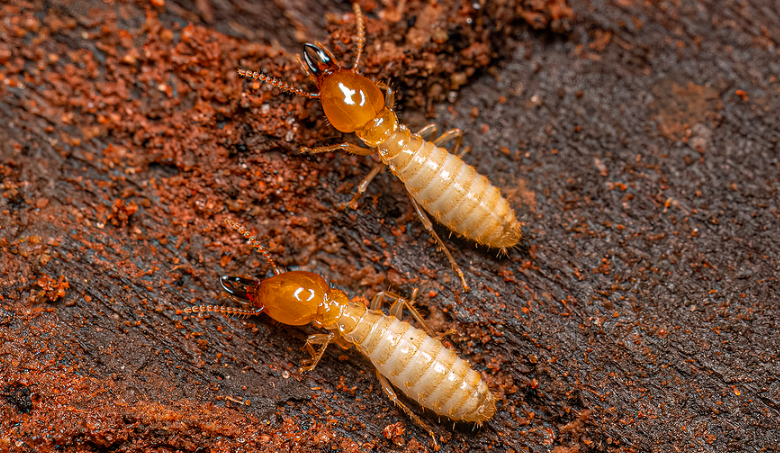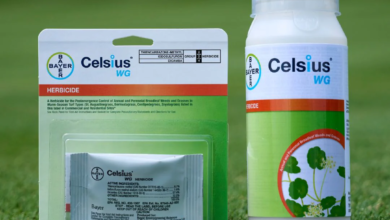The silent destroyer: why every cleaning service must address the termite threat

in the world of cleaning services, most people expect dusting, sanitizing, and sparkling floors. however, beneath the surface—literally—lurks a threat that can undo all your efforts in maintaining a pristine environment: the termite. while not typically seen as part of the cleaning industry’s role, termites are increasingly becoming a point of concern for professional cleaners and facility maintenance experts. these silent destroyers operate behind walls, under floorboards, and within furniture, silently eating away at structures until significant damage surfaces.
in this article, we explore how the cleaning services industry can recognize, prevent, and cooperate in the control of termite infestations, ultimately delivering not only cleaner but safer spaces to clients.
what is a termite, and why should cleaning services care?
A termite is a tiny insect that feeds on cellulose—found in wood, paper, and some fabrics, offices, warehouses, and even commercial buildings. billions of dollars in damage are attributed annually to termite infestations around the world.
cleaning professionals often have access to hard-to-reach corners of a building. that puts them in a unique position to spot early signs of infestation and alert homeowners or facility managers before the damage becomes severe.
early signs of termite activity that cleaners should watch for
a cleaning crew that’s well-trained to notice the subtle clues of a termite invasion becomes more than just a maintenance team—they become early-warning allies in pest control. here are some signs cleaners should be aware of:
- discarded wings near windowsills or entryways, a sign that a termite swarm may have recently occurred.
- tiny holes or frass (termite droppings) near wooden surfaces.
- hollow-sounding wood when tapped, which may indicate internal damage.
- peeling paint or bubbled wallpaper that can mimic water damage but is sometimes caused by termites tunneling inside walls.
including pest awareness in regular cleaning checklists helps in flagging issues before they escalate.
how termites affect residential and commercial cleaning services
termite infestations create more than structural hazards—they contribute to unsanitary conditions. dead insects, droppings, and wing fragments can accumulate in hidden places. mold can grow where termites retain moisture.
in homes, cleaning services are often held accountable not just for visible cleanliness but for delivering a hygienic, pest-free environment. in commercial buildings—especially restaurants, hotels, and schools—a termite problem can result in serious legal and health issues. in both cases, early detection is key.
integrating termite awareness into cleaning training
to elevate service standards, cleaning companies should include termite awareness in their employee training programs. this doesn’t mean turning cleaners into exterminators—but simply teaching them to:
- recognize red flags during routine cleaning,
- report findings to supervisors or clients,
- document sightings with photos or logs.
training modules can include visuals of infestation signs, a quick-response checklist, and guidelines on communicating potential threats with customers.
eco-friendly cleaning and termite control
Interestingly, eco-friendly cleaning can help with termite prevention. for example:
- limiting moisture through regular drying and ventilation discourages termites, who thrive in damp environments.
- reducing cardboard waste and cellulose-based debris from spaces removes a potential food source.
- using essential oils like orange or clove oil in cleaning solutions has been shown to repel certain insects, including termites.
thus, sustainable cleaning practices align with preventive termite control—a win-win for health and safety.
collaboration between cleaning and pest control professionals
many top-tier cleaning services now collaborate with pest management companies. in situations where a termite threat is suspected, cleaners can notify pest professionals who perform formal inspections and treatment. this partnership boosts credibility and client trust.
bundled services can also be offered to clients. for example, after termite treatment, a deep-cleaning session can sanitize affected areas, removing pest remnants, droppings, and chemical residues—restoring a safe environment.
See also: How to Choose the Right HVAC System for Your Home or Business
educating clients about termite risks
most clients don’t think of termite infestations until damage is obvious. cleaning professionals can play a role in prevention by educating customers. this can include:
- suggesting regular pest inspections in termite-prone areas,
- advising clients on keeping basements, attics, and crawl spaces dry and clean,
- recommending protective treatments for wooden furniture or floors.
even a simple brochure or infographic shared with customers can build awareness and strengthen the company’s value proposition.
cleaning after termite treatment: best practices
after a termite infestation has been professionally treated, specialized cleaning is often needed. cleaning crews should:
- use gloves and masks when dealing with post-treatment areas,
- vacuum rather than sweep to avoid spreading fine dust or chemicals,
- wipe down surfaces with safe, non-reactive cleaners,
- air out rooms to remove chemical odors or lingering fumes.
offering this post-treatment service differentiates cleaning companies in a competitive market.
conclusion: the future of cleaning includes pest awareness
As customer expectations evolve, cleaning services must address deeper threats to hygiene and structure—one of the most silent and destructive being the termite.
by training staff to recognize early signs, adopting eco-conscious strategies, and collaborating with pest control professionals, cleaning companies can add immense value to their offerings. a clean space isn’t truly clean if it’s quietly being eaten from the inside. recognizing this and acting accordingly defines the future of premium, responsible cleaning.




